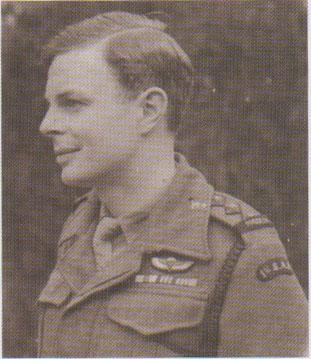It appears that the SAS Regimental Association has seen fit to publish a diary of sorts that was put together by a unnamed member of the SAS, who had experience that seems to date back to the origins of L Detachment. It has been published to mark the 70th anniversary of the founding of the SAS and raise money for the association, and limited copies are available in the Britain for nearly 1,000 pounds (and available only to Her Majesty's Forces and the Special Forces Club at that pric). A range of different editions are available, with the Navigator Edition, signed by the man himself, posting at a handsome £1750.
What a remarkable advance in the history of the Regiment, and the men who served it so well. It's very coincidental that I just finished reading the book, "We Won a War," which details some of the exploits of UK soldiers during the Oman counterinsurgency.


